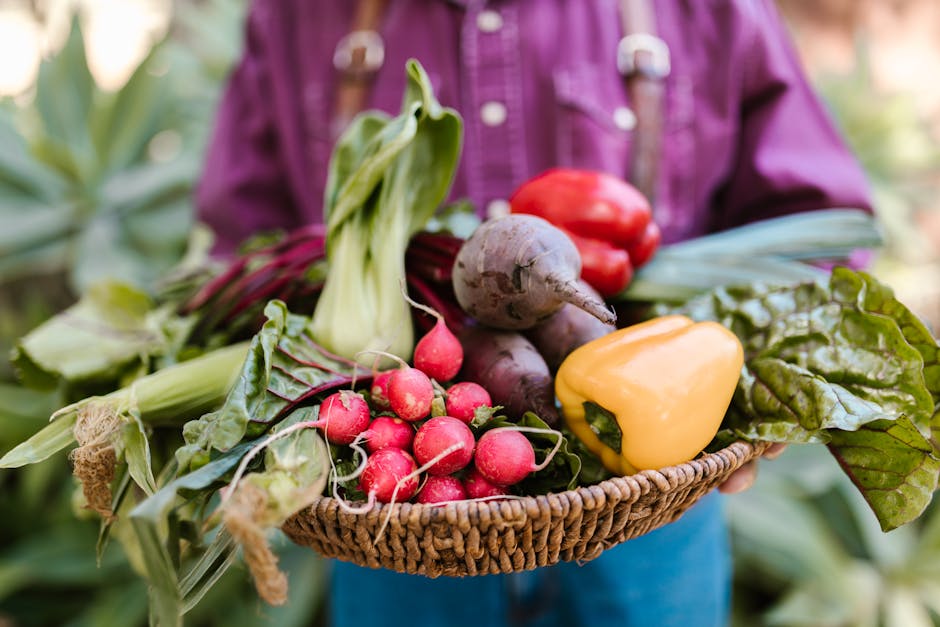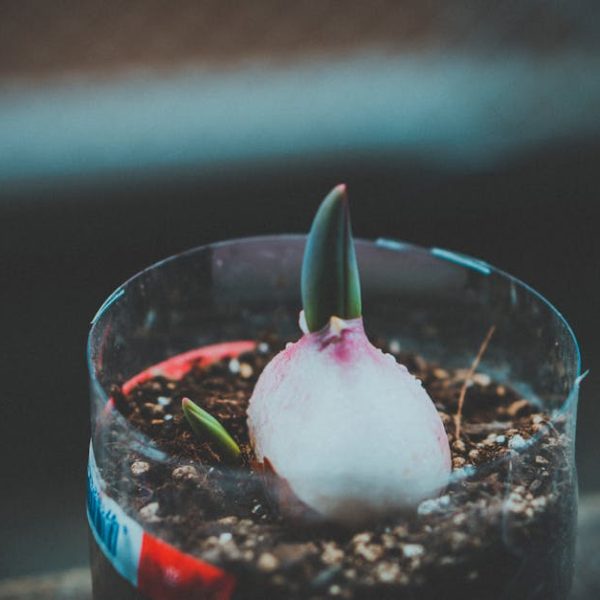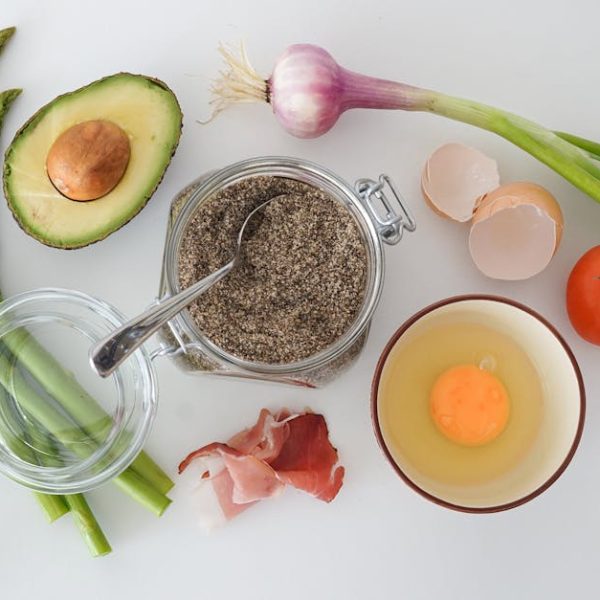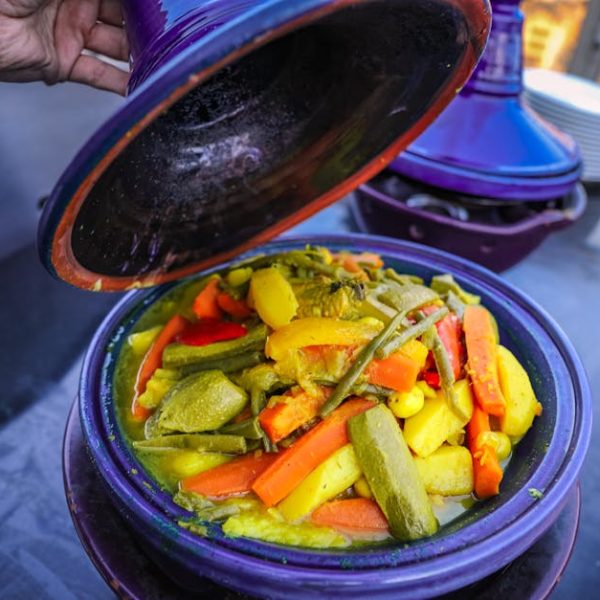Beets, with their vibrant burgundy hue and subtly sweet yet earthy flavor, are a fantastic addition to any culinary experience. They’re loaded with essential vitamins and minerals, including Vitamin C, fiber, and potassium. Further, both the bulbous root and the leafy green tops are edible and offer nutritional value.
However, beets are fickle fruits. It’s not enough to merely pluck them from the ground and toss them in the refrigerator. Like an exceptional bouquet of roses, beets have unique preservation requirements that need to be met to prevent them from spoiling. When appropriately stored, beets can retain their freshness and nutritional content for a considerable duration.
Tip: Understanding the unique storage requirements of beets is crucial. For instance, recognizing that beet green tops taspiration of moisture more rapidly than the root can help prevent premature wilting.
The Right Way to Harvest Beets for Longer Freshness
One of the key contributors to beet longevity is how and when they are harvested. Beets are generally ready for harvesting between 50 and 70 days after planting – when they are roughly the size of a golf ball to a tennis ball. Harvesting them at the right time ensures that they are at their peak in terms of both nutrition and taste.
Digital_icon Beware of damaging the beet during harvesting as wounds can accelerate spoilage. Root vegetables should be carefully uprooted without causing any significant disturbance to the beet itself.
Checklist for Proper Harvesting:
- Wait until beets are about 1.5 to 3 inches in diameter.
- Carefully dig around the beet rather than pulling directly on the greens.
- Leave about one inch of the leaf stems attached to prevent the beet from “bleeding.”
Pre-Storage Preparation of Beets
Once harvested, beets require some preparatory steps before they are ready for storage. It’s advisable to leave about 1 inch of the leaf stems attached and not to wash the beets until you’re ready to use them, as moisture can encourage mold growth.
Careless pre-storage preparation can significantly reduce the beet’s longevity. Thus, try to avoid causing any damage to the beet’s surface as any nicks and cuts can become an entry point for bacteria and mold.
Best practices for beet pre-storage:
- Leave the beet root and leaf stems intact.
- Don’t wash the beets until they’re ready to use.
- If the greens are attached, store them separately as they can draw moisture from the root, causing wilting.
Choosing the Appropriate Storage Method for Beets
There are several approaches to storing beets, from the simple refrigerator method to canning. Your choice would depend on the availability of storage facilities and personal preference.
Refrigeration is perhaps the most straightforward method, as it involves simply placing the beets in a vented plastic bag and storing them in the crisper drawer. But if you have a large harvest, consider freezing or canning the surplus beets. These methods, however, require a little bit more effort and preparation but will ensure that you can enjoy your harvest for a long period.
In the next segment, we will provide a step-by-step guide on how to execute each storage method correctly.
Using the Refrigerator for Beet Storage
Firstly, using the refrigerator is the most common way to store beets. Start by packing the beets, unwashed and unpeeled, into a vented plastic bag. Place the bag in the crisper drawer to maintain a high humidity environment that’s ideal for beets. Do remember to store beet greens separately to avoid drawing moisture from the roots.
Preserving Beets Through Freezing
If you have a larger beet harvest, freezing is certainly a noteworthy option. Begin by thoroughly washing the beets and cooking them until tender. Allow them to cool, peel off the skin, and slice or cube them according to your preference. Once they’ve been sufficiently cooled, store them in airtight containers or heavy-duty freezer bags and place in your freezer.
Storing Beets by Canning
Canning, on the other hand, involves preserving beets in cans or jars, submerging them in a pickling solution or their own juice. It’s a more hands-on process requiring canning equipment but still a worthy method for larger harvests.
Here is a comparison of the three methods:
| Storage Method | Ease of Execution | Approximate Shelf Life |
|---|---|---|
| Refrigeration | Low effort | 3-5 weeks |
| Freezing | Moderate effort | 8-12 months |
| Canning | High effort | Up to 1 year |
Maintaining Beet Freshness While in Storage
Regularly checking on your stored beets enhances their freshness in storage. Beets stored in the refrigerator should be used within 5 weeks. However, frozen or canned beets can last up to a year, if storaged properly.
Pro Tip: Beets do best in a humid environment; If you’re noticing lots of condensation in your storage bag, you can poke a few holes to allow better air circulation.
Recognizing the Signs of Spoilage in Beets
Knowing when your beets are spoiling is as crucial as storing them properly. Be on the lookout for a combination of slimy skin, soft spots, or an off smell.These signs indicate spoilage, and consuming such beets could lead to food poisoning.
Utilizing Stored Beets: From Storage to Plate
Once your beets are out of storage, rinse them under cold water to remove any dirt or soil remnants. Snip off the leaf stems and root tail, and you’re ready to cook. Beets can be steamed, roasted, boiled, or eaten raw in salads.
Checklist for using stored beets:
- Rinse the beets thoroughly.
- Remove leaf stems and root tail.
- Cook as per your favorite recipe.
With these in-depth insights into how to store beets to keep them fresh, you can now savor your beet harvest for longer and enjoy them at their best. Happy storing!
Key Takeaway:
- The longevity and freshness of beets are influenced by several factors such as correct harvesting time, careful handling during harvest to avoid damage, and proper pre-storage preparation including leaving about an inch of leaf stems attached and not washing until ready for use.
- The ideal storage method for beets depends on personal preference and storage facilities’ availability. Three main methods include refrigeration, freezing, and canning, each with varying levels of effort and resulting shelf lives.
- Regular checking and maintenance of stored beets can prolong their freshness. Be aware of signs of spoilage such as slimy skin, soft spots, and off smell to prevent consumption of rotten beets.
- Once out of storage, rinse the beets thoroughly, remove leaf stems and root tail before cooking or eating them raw.
Remember, storing beets properly helps retain their freshness and nutritional content, allowing them to serve as a consistently healthy addition to your meals. Carefully follow the tips and practices outlined here, and you’ll be able to enjoy your beet harvest for longer!
FAQs
Q: How important is it to avoid damaging beets during harvesting?
A: It’s crucial to prevent any damage during beet harvesting. Wounds can accelerate spoilage as they become entry points for bacteria and mold.
Q: Can I wash beets right after harvesting them?
A: No, it’s best not to wash beets until you’re ready to use them. Moisture can encourage mold growth, which can quickly spoil your beets.
Q: What’s the benefit of preserving beets through freezing or canning?
A: The advantage of preserving beets through freezing or canning is that it helps in maintaining their freshness for a much longer period, usually up to a year.
Q: How can I identify if my stored beets are beginning to spoil?
A: Signs of beet spoilage include slimy skin, soft spots, and an off smell. It’s important to remove spoiled beets promptly to avoid possible food poisoning.
Q: Can I eat beets immediately after taking them out of storage?
A: Before consuming, beets should be rinsed thoroughly to remove soil remnants. The leaf stems and root tail should also be snipped off.
We hope you found this guide helpful for preserving your beet harvest. Feel free to share this article and explore more informative posts on our website!






